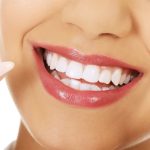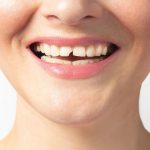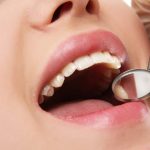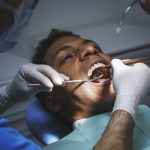Which Teeth Are NonEssential? Exploring the Teeth You Can Live Without
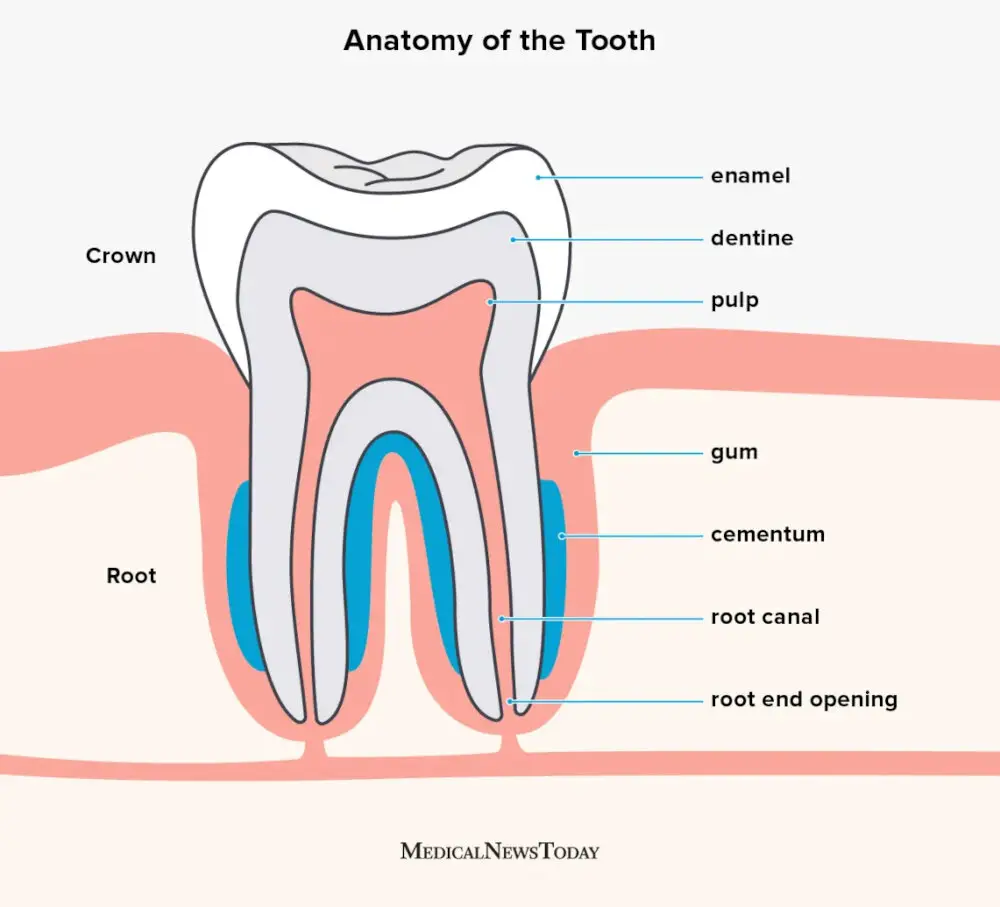
Teeth are an essential part of our body that assist in the process of digestion and enable us to speak and smile. It is fascinating to explore how different types of teeth serve unique functions and how some teeth are considered non-essential. Many people are unaware that we have 32 teeth, and not all of them are necessary for our daily routine. In this article, we will delve into the world of teeth and explore which teeth are non-essential and why. The human mouth is a complex system that consists of different types of teeth, each with its specific function. Our teeth can be categorized into four types: incisors, canines, premolars, and molars. While some teeth are vital for biting and chewing, others are considered non-essential. Understanding which teeth are non-essential can help us understand our dental health and prevent potential dental problems. Join us on this journey of exploration as we discover which teeth you can live without.
Teeth are an essential part of the human body, serving various functions that can impact an individual’s overall health and quality of life. Teeth play a vital role in the digestive process, breaking down food into smaller particles that can be easily swallowed and digested by the body. Teeth are also critical for speech and communication, helping individuals to articulate words and communicate effectively. Additionally, the appearance of teeth can significantly impact an individual’s self-confidence and social interactions. Therefore, it is crucial to maintain good oral hygiene and care for your teeth to ensure they function correctly and look their best.
The human mouth contains four types of teeth, each with its unique function. Incisors are the front teeth used for biting and cutting food. They are sharp and have a flat surface for easy cutting. Canines are the pointed teeth next to the incisors, and their function is to tear and grasp food. Premolars or bicuspids are located between the canines and molars and used for crushing and grinding food. Molars are the largest teeth at the back of the mouth and used for grinding and crushing food. They have a flat surface with ridges called cusps, which helps to break food down into smaller pieces. Each type of tooth plays a crucial role in chewing and digesting food in the human mouth.
Wisdom Teeth
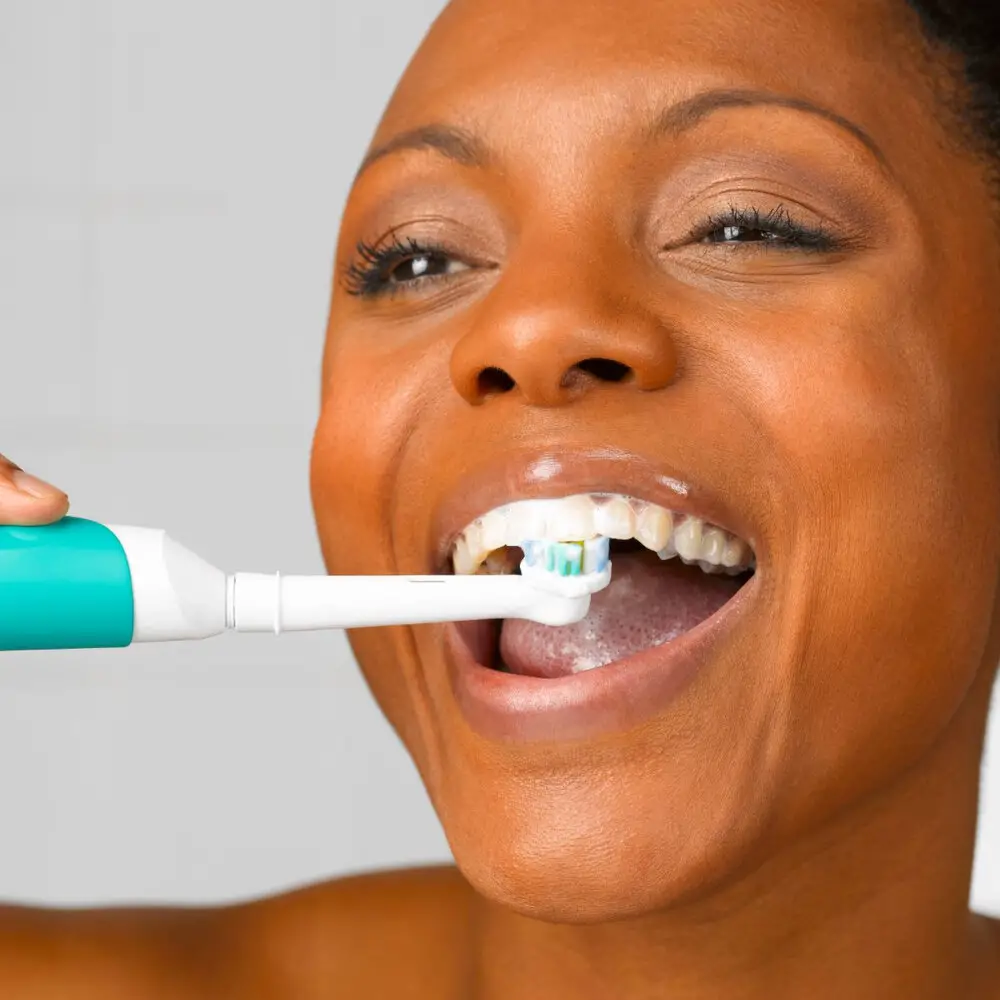
Wisdom teeth, also known as third molars, are located at the back of the mouth and usually emerge during a person’s late teens or early twenties. Many people develop four wisdom teeth, one in each corner of the mouth, but others may only develop one, two, or three. Some people may not develop any at all. These teeth were once necessary for our ancestors who had larger jaws and needed extra teeth to chew tough foods like roots, nuts, and raw meat. However, for modern humans, wisdom teeth are often considered non-essential and unnecessary. In many cases, wisdom teeth can cause problems and may need to be removed. These teeth can become impacted, meaning they don’t fully emerge from the gum line, causing pain, infection, and swelling. They can also shift the alignment of other teeth, causing crowding and bite problems. In some cases, they may even develop cysts or tumors. For these reasons, dentists often recommend removing wisdom teeth before they cause problems. However, if they have emerged fully and are healthy, they can be kept and used for chewing and biting like any other tooth.
Wisdom teeth, also known as third molars, are the last set of teeth to develop in the human mouth. They typically emerge between the ages of 17 and 25, although some people never develop them at all. These teeth are located at the back of the mouth, behind the second molars. While wisdom teeth may have been useful to our ancestors for grinding down tough, fibrous foods, they are considered non-essential today. In fact, many people have their wisdom teeth removed to prevent problems such as overcrowding, impaction, and infection. During the removal process, the teeth are extracted from the jawbone and gum tissue, and the area is then stitched up to promote healing.
Wisdom teeth, also known as third molars, are considered nonessential due to several reasons. Firstly, they are vestigial structures that were once necessary for our ancestors to grind tough foods. However, with the evolution of our diet and advancements in cooking techniques, our jaw has become smaller, leaving little room for these teeth to emerge. Secondly, wisdom teeth often cause oral health problems such as overcrowding, misalignment, and infection. These issues can lead to pain, swelling, and difficulty in maintaining proper oral hygiene. In some cases, the removal of wisdom teeth may even be necessary to prevent further complications. Therefore, while wisdom teeth may have been necessary in the past, they are now considered nonessential and often cause more harm than good.
Wisdom teeth, also known as third molars, may need to be removed for various reasons. Firstly, if there is not enough space in the mouth for them to erupt properly, they can become impacted and cause pain, infection, or damage to surrounding teeth. Secondly, wisdom teeth can be difficult to clean, which can lead to gum disease and decay. Lastly, in some cases, wisdom teeth can cause crowding in the mouth, leading to alignment issues and the need for orthodontic treatment. Due to these potential complications, it is common for dentists to recommend the removal of wisdom teeth, particularly for young adults in their late teens or early twenties.
Second Molars
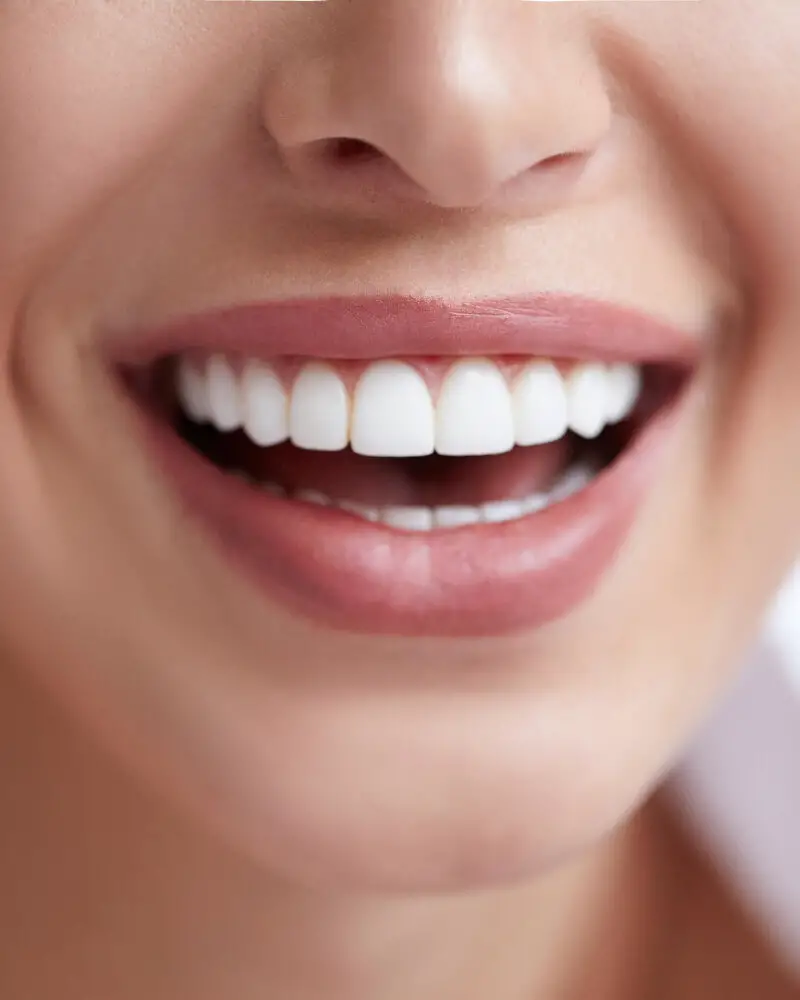
Second molars are one of the most commonly extracted teeth in dentistry. These teeth are located at the back of the mouth and are responsible for grinding and chewing food. Second molars are usually extracted when they are severely decayed or damaged, or when they cause crowding in the mouth, leading to difficulty in maintaining proper oral hygiene. In some cases, people may be born without second molars, and this does not cause any significant problems in their oral health or quality of life. Although second molars are essential for proper chewing and digestion, their extraction does not cause any major functional problems. Modern dentistry offers various options for replacing missing teeth, including dental implants, bridges, and dentures. Therefore, if your dentist recommends extracting your second molars, you should not be overly concerned as you can still maintain your oral health and enjoy your favorite foods with the help of modern dental technology. In conclusion, second molars are essential teeth for proper chewing and digestion, but their extraction does not cause any major problems in most cases. If you are facing the prospect of losing your second molars, consult with your dentist about the best options for replacing them. Remember, with modern dental technology, you can still enjoy your favorite foods and maintain your oral health, even if you are missing some teeth.
Second molars are the flat teeth located at the back of the mouth, behind the first molars. These teeth generally emerge around the age of 12 or 13 years old, and serve an important role in the chewing process. Unlike the first molars, which have five cusps, second molars have four cusps and are slightly smaller in size. They are crucial for grinding and chewing food, and are an integral part of maintaining oral health. While they may not be considered essential in the same way as other teeth, second molars play an important role in maintaining overall dental function.
Second molars are often considered nonessential teeth because they are not vital for proper chewing and biting. Unlike the first molars, which are necessary for breaking down food, second molars are secondary in function and can be removed without causing significant issues. Additionally, wisdom teeth, which are also called third molars, often push against second molars, causing discomfort and overcrowding. As a result, many dentists recommend removing second molars if they are causing problems or if the patient needs orthodontic treatment. While second molars are not necessary for basic oral function, they can still play a role in maintaining a healthy bite and jaw alignment, and should be evaluated on a case-by-case basis.
Second molars are the largest teeth in the back of the mouth and are essential for chewing. However, in some cases, they may need to be removed. One reason for removing second molars is if there is not enough space in the mouth to accommodate all of the teeth. This can lead to overcrowding, misalignment, and other dental problems. Additionally, if a second molar is severely damaged or infected, it may need to be extracted to prevent further complications. In some cases, orthodontic treatment may also require the removal of second molars to make room for the movement of other teeth. Overall, while second molars are important for dental function, there are situations where their removal may be necessary for the health and overall alignment of the mouth.
Canines

Canines, also known as cuspids, are the pointed teeth located between the incisors and premolars. They are easily recognizable due to their long and sharp shape, which resembles the teeth of a carnivorous animal. In humans, canines serve several functions, such as holding and tearing food, guiding the bite, and providing support and stability to the mouth. They are essential for proper speech pronunciation and overall facial aesthetics. However, canines are not considered non-essential teeth as they are not as critical as molars or incisors. The absence of canines can lead to several dental problems, such as misaligned teeth, overbites, and underbites. In some cases, dentists may recommend the extraction of canines to alleviate overcrowding or to prepare for orthodontic treatment. Nevertheless, the removal of canines can impact the bite and facial structure, requiring additional procedures to correct these issues. Overall, canines are important teeth that play a crucial role in dental health and overall well-being.
Canines, also known as cuspids, are one of the four types of teeth found in the human mouth. They are the longest teeth and are located in the corners of the mouth between the incisors and premolars. Canines are typically pointed, and their primary function is to tear and shred food. In addition to their practical purpose, canines also play a significant role in our appearance and facial structure. They help to support the lips and give the face its shape, making them an essential part of our aesthetic appeal. While canines are certainly important, they are not considered essential teeth, and some individuals may even have them extracted for orthodontic reasons or due to decay or damage.
Canines, sometimes referred to as \eye teeth,\ are considered essential for several reasons. Firstly, they play a crucial role in biting and tearing food, especially meat, which was vital for our ancestors’ survival. Secondly, canines are essential for maintaining a healthy jaw shape and bite. They are positioned at the corners of the mouth and provide support for the lips and cheeks, which helps with speaking, chewing, and smiling. Thirdly, canines are also vital for aesthetic purposes, as they contribute to the appearance of a person’s smile. Without canines, the face may appear sunken, and the smile may lack symmetry and balance. Overall, canines are an essential part of our dental anatomy, and their absence can have significant functional and cosmetic consequences.
Canines are one of the most important teeth in our mouth as they help us to bite and tear food. However, in some cases, the canines may need to be removed due to various reasons. One of the primary reasons for canine removal is overcrowding, which occurs when there is not enough space in the mouth for all the teeth. In such cases, the canines may need to be removed to make room for other teeth to grow properly. Another reason for canine removal could be severe decay or damage, which cannot be repaired through other dental procedures. In such cases, the dentist may recommend removing the tooth to prevent further damage or infection. Moreover, in some cases, canines may need to be removed to make space for orthodontic appliances like braces, which can help in correcting the alignment of teeth.
Incisors

Incisors are the front teeth located in the upper and lower jaw. They are responsible for biting, cutting, and tearing food into smaller pieces, making them essential for proper digestion. These teeth are also important for speech production, as they help in the pronunciation of certain sounds. Incisors have a single root and a flat, thin edge, which makes them well-suited for their primary functions. The four front teeth in the upper jaw are called central incisors, while the two on either side of them are known as lateral incisors. In the lower jaw, the two front teeth are called central incisors, and the teeth on either side of them are called lateral incisors. While incisors are essential for proper dental function, they are not considered vital teeth. This means that they can be extracted without causing significant harm to the overall dental health of an individual. However, losing incisors can cause aesthetic problems, as they are the most visible teeth when a person smiles or speaks. Furthermore, the absence of incisors can affect a person’s ability to eat and speak properly, which can have a negative impact on their quality of life. Therefore, it is essential to take care of these teeth and seek prompt dental treatment if any issues arise.
Incisors are the sharp, flat-edged front teeth located in the upper and lower jaws. These teeth are essential for biting, cutting, and tearing food, as they are specially designed to slice through meat and other tough textures. They are the first teeth to erupt in a child’s mouth and are usually fully developed by the age of eight. Incisors play a crucial role in maintaining proper alignment and spacing of the other teeth in the mouth. Although they are essential for proper oral function, incisors are not considered non-essential teeth because they are necessary for the basic functions of chewing and speaking.
Incisors are considered essential teeth because they are responsible for the initial stage of food processing. Their sharp, thin edges enable us to bite, cut, and tear food into smaller pieces, making it easier for the rest of the teeth to break it down further. Incisors also play an important role in speech, allowing us to pronounce certain sounds such as \t,\ \d,\ and \s.\ Additionally, they contribute to our overall facial aesthetics and smile, making them a crucial component of our physical appearance. While some individuals may choose to replace missing incisors with dental implants or other prosthetics, it is important to recognize their essential function in daily activities.
Incisors are the front teeth that are responsible for biting and cutting food. While they are considered essential for proper oral function, there are certain circumstances where they may need to be removed. For instance, if the incisors are severely damaged due to decay or trauma, they may need to be extracted to prevent further infection or pain. Another reason for incisor removal is overcrowding, which may cause misalignment and bite problems. Additionally, in cases where the jawbone is too small to accommodate all the teeth, the incisors may need to be removed to make space for other teeth to grow properly. While the removal of incisors may seem daunting, modern dental techniques and procedures have made the process relatively painless and straightforward.
Teeth are crucial for our survival and good health. There are four different types of teeth: incisors, canines, premolars, and molars. Incisors are the front teeth used for biting and cutting food. Canines are sharp and pointed teeth that tear food apart. Premolars are located between the canines and molars and are used for grinding food. Molars are large and flat teeth in the back of the mouth used for crushing and grinding food. Each type of tooth plays a vital role in the digestive process, and losing any of them can impact our overall oral health and well-being. Therefore, it is essential to take care of our teeth and maintain good oral hygiene practices to preserve them.
The determination of whether a tooth is considered essential or not is based on several factors. Firstly, the tooth’s location plays a significant role in its importance. Teeth at the front of the mouth, such as incisors and canines, are typically considered essential because they are necessary for biting and tearing food. Secondly, the function of the tooth is critical in determining its essentiality. Teeth that play a crucial role in the mastication and digestion of food, such as molars, are generally considered essential. Thirdly, the number of teeth present in the mouth is also a factor. Missing one or two teeth may not be considered significant, but missing several teeth can impact overall oral health and may require treatment. Lastly, the overall dental health and individual patient needs must be taken into account in determining whether a tooth is essential or not.
Maintaining good dental health is crucial for overall well-being, and nonessential teeth play a vital role in this. While some teeth, such as molars and canines, are necessary for chewing and biting, others, like wisdom teeth, are often considered nonessential. However, these teeth can still cause problems if left untreated, such as infections, crowding, and decay. Therefore, it is essential to take care of all teeth, including nonessential ones, through regular brushing, flossing, and dental check-ups. In some cases, nonessential teeth may need to be extracted to prevent further complications, but this should only be done under the guidance of a dental professional. Ultimately, prioritizing dental health and addressing any issues with nonessential teeth can lead to a healthier and happier life.
Conclusion

In conclusion, our exploration of nonessential teeth has revealed that while all teeth serve a purpose, there are certain teeth that can be considered nonessential. These teeth include wisdom teeth, premolars, and some molars. While these teeth may not be necessary for basic oral function, they can still impact overall oral health and may require removal in certain cases. It is important to consult with a dental professional to determine the best course of action for maintaining a healthy and functional smile.
